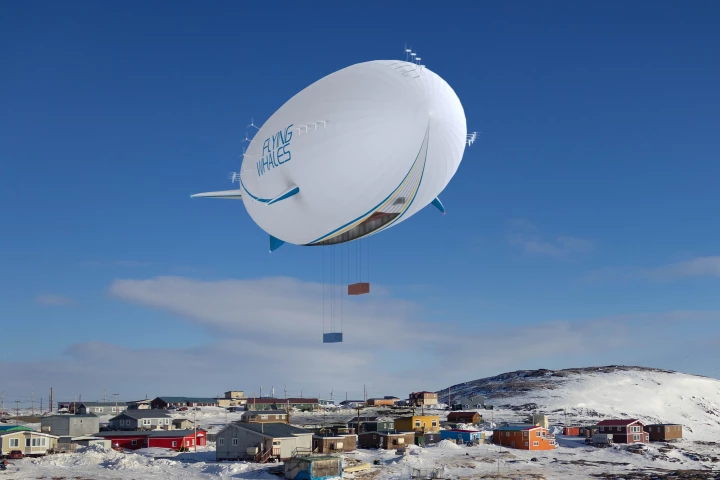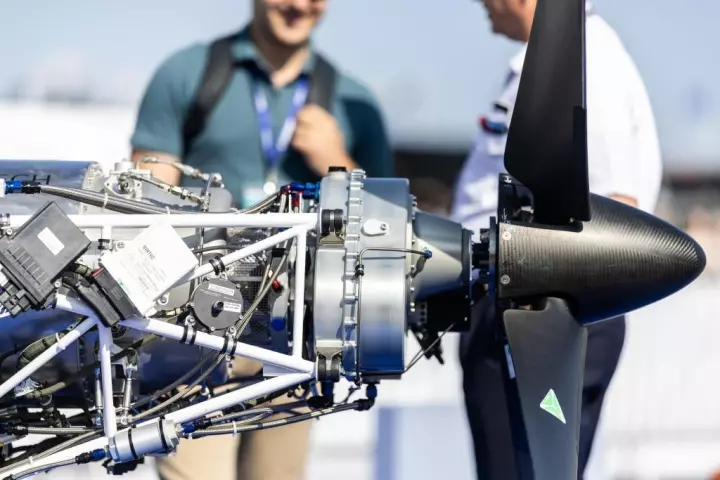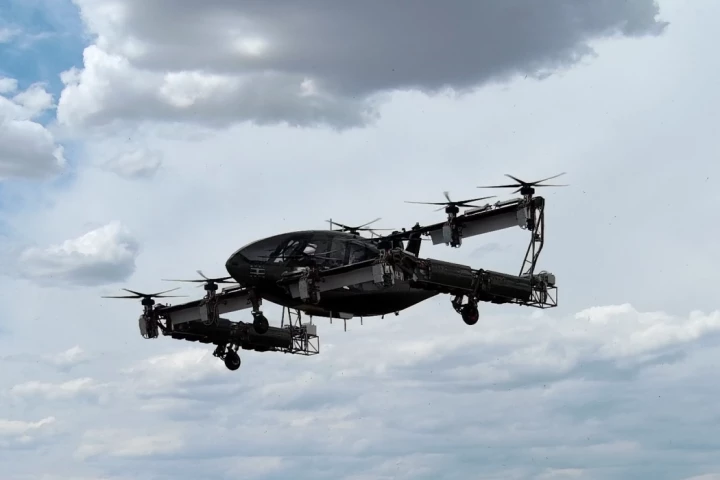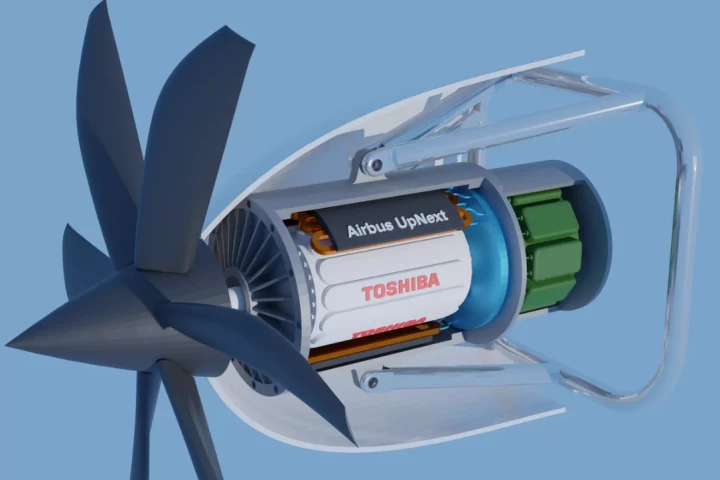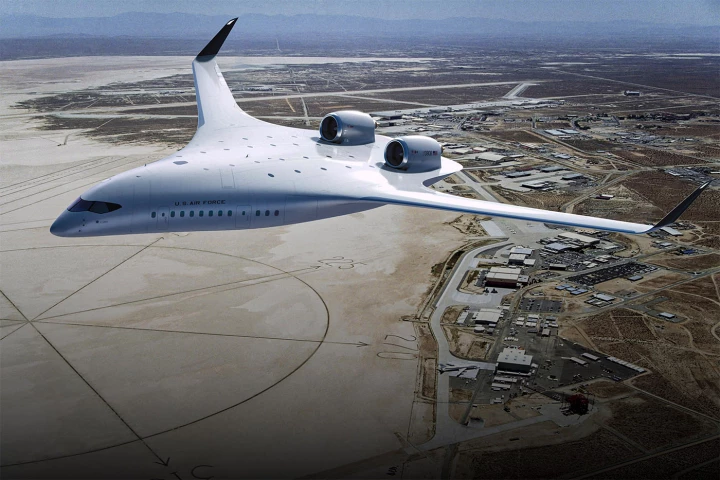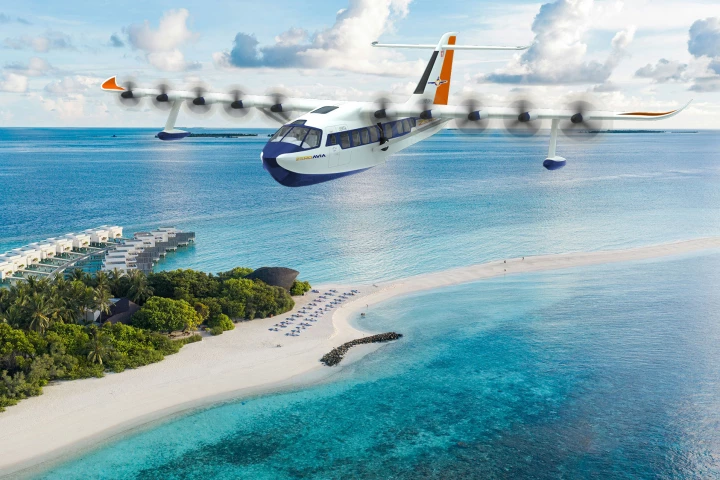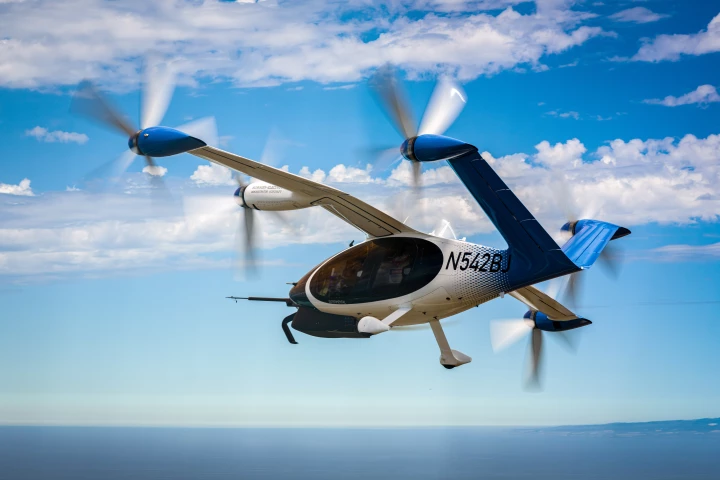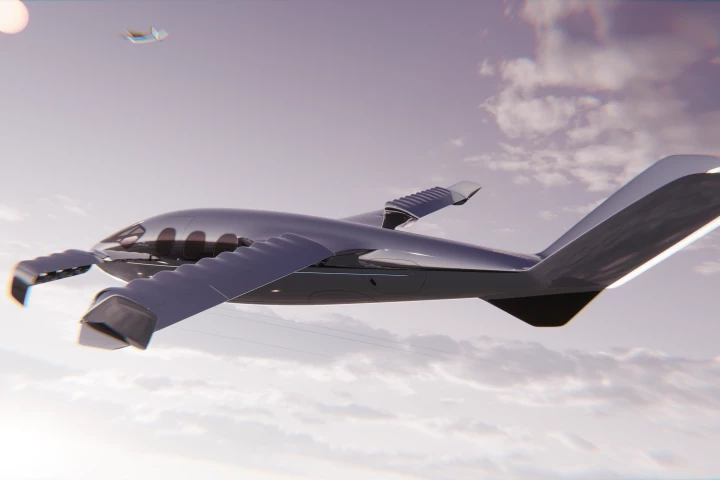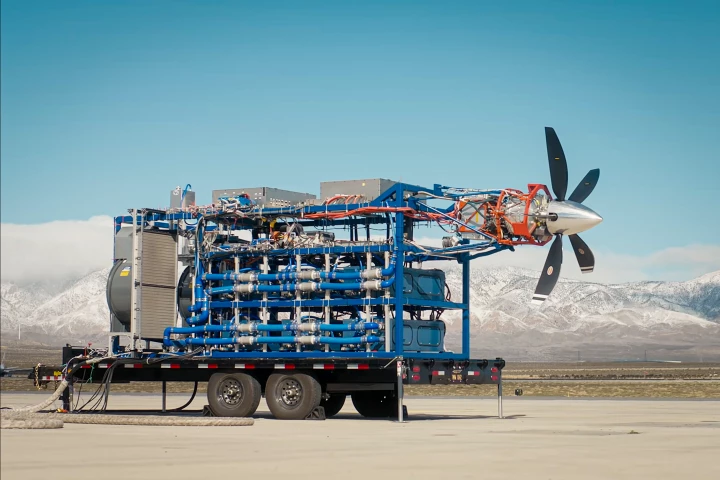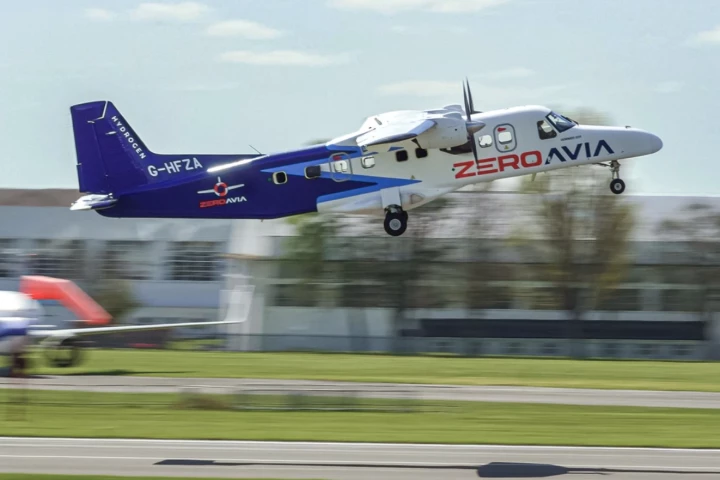Hydrogen Aviation
The use of hydrogen, particularly hydrogen fuel cell powertrains, as a pathway to zero-emissions aviation. Hydrogen offers vastly superior energy density to lithium batteries. Indeed, there's a pathway using existing technology to building aircraft that can travel just as far as anything carrying jet fuel, for significantly reduced prices, while eliminating emissions.
-
French company Beyond Aero has released an updated design for the zero-emissions jet it's aiming to put into service by 2030, claiming it'll be considerably cheaper to run than conventional jets, while cutting cabin noise by half.
-
Imagine a massive high-tech helium balloon that stretches over an NFL football field in length, has more cargo capacity than an Airbus Beluga XL, and produces megawatts of power for nearly three dozen propellers. That's the Flying Whales LCA60T.
-
The aviation industry has long been in pursuit of technological efficiency and sustainability. In a recent collaboration, Turbotech, Safran, and Air Liquide teamed up to validate the feasibility of using liquid hydrogen to power a turbine engine.
-
We've been following the development of Australia's AMSL Aero's longe-range, hydrogen-powered Vertiia eVTOL for some time and now the box-winged tilt-rotor aircraft has completed its first free flight after over a year of 50 tethered tests.
-
Making a virtue out of necessity, Airbus is joining forces with Toshiba to develop a super-efficient superconducting motor for aircraft that uses the liquid hydrogen that supplies the electricity to cool the propulsion and adjacent systems.
-
This unique blended-wing airliner promises not only to reduce fuel burn and emissions by an enormous 50% - but thanks to a new partnership, it could also be the best chance we've seen to deliver proper long-range, zero emissions air travel.
-
As hydrogen-powered vehicles continue to evolve, their use will become as niche as that of some current land-, sea-, and air-transportation methods, such as a new agreement that will see helicopters powered by the green fuel used for organ transport.
-
Swiss clean-energy aviation startup JEKTA has announced a partnership with fuel-cell powertrain developer ZeroAvia to extend the flight range and payload capacity of an upcoming electric amphibious passenger aircraft called the PHA-ZE 100.
-
In a stunning validation of hydrogen's potential in aircraft, Joby Aviation has made an incredible 523-mile non-stop flight with its S4 eVTOL air taxi. That's more than triple its range on batteries, and an absolute landmark moment for clean aviation.
-
Sirius Aviation, in partnership with BMW Designworks, has today offered the first look at the inside and out of its upcoming CEO Jet, a winged eVTOL with 28 ducted fans that's powered by hydrogen fuel cells for a range of 1,150 miles per trip.
-
Universal Hydrogen is already flying the world's largest hydrogen airliner – and now the company has started testing swappable liquid hydrogen fuel modules that'll radically boost the range of clean passenger aircraft operations slated for 2026.
-
ZeroAvia is working with San Francisco startup Verne to bring an even more energy-dense form of hydrogen to the clean aviation space. Cryo-compressed H2 could reduce costs, speed up fueling, and unlock 40% more flight range than cryogenic liquid H2.
Load More

